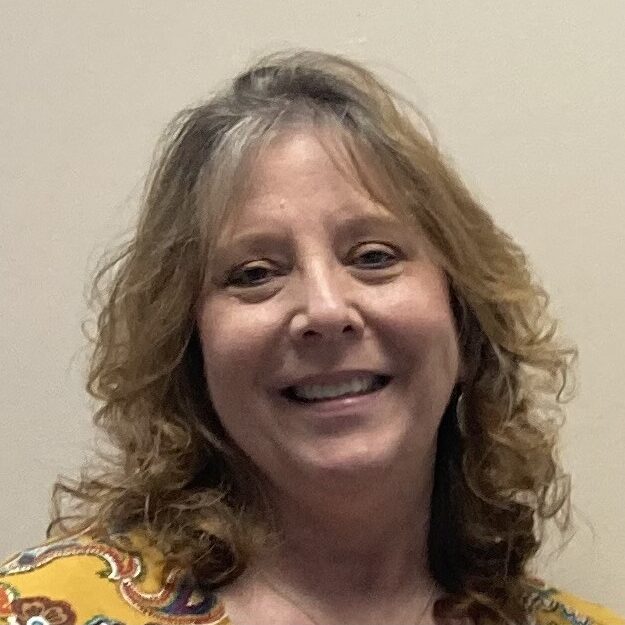
Sandy L.
Non-Hodgkin Lymphoma
Thirty years ago, Sandy Lachman, a 45-year-old elementary school vice principal, and teacher found a lump on her thyroid. She made all the rounds, seeing doctors and having a series of scans. Then, following the doctors’ recommendations, she had her thyroid removed – as a preventative measure, she assumed.
Ten years later, Sandy returned to the same hospital to donate blood. The receptionist turned her away, however, explaining that “cancer survivors cannot be blood donors.” Confused, Sandy contacted first her doctor and then her surgeon, each of whom was surprised that no one else had informed her that her tumor had indeed been cancerous.
Another twenty years went by, during which Sandy and her husband retired, dividing the year between Florida and Dayton, Ohio. One day, Sandy found a small lump under her arm. Neither she nor her doctors were overly concerned, so after a series of scans and a biopsy, it was quite shocking to discover she had Stage IV Non-Hodgkin Lymphoma.
A friend of Sandy’s strongly recommended Dr. Mark Romer and the Dayton Physicians Network, and from the moment Sandy walked through their doors, it was unlike anything she had ever experienced.
“Dr. Romer just took over,” remembers Sandy. “I didn’t have to worry about a thing. He made all my appointments, made sure I had all my tests and saw that every detail was taken care of. Previously, with my thyroid, I had to take care of everything myself. Here, it was clear that they were going to take care of me.”
Sandy’s cancer had spread throughout her body and bone marrow, eliminating radiation as an option. Instead, she was treated with highly aggressive chemotherapy. She was also entered into a clinical trial, and while she had to stop halfway through, she feels it was a great opportunity, and that “Dayton Physicians exemplifies how a community clinic can be at the cutting edge of medicine. If there’s a trial out there, it is someone’s job at Dayton to make sure their patients have access to it.”
The entire Dayton staff worked to make Sandy’s ordeal endurable. “Everyone was caring and loving, and the communication was excellent; I never had to wait for a test result. Dr. Romer would call me immediately, each and every time. And the convenience of having everything done in the same place! Blood work, PET scans, radiation, pharmacy – it was all right there.”
Once, when Sandy was admitted to the hospital to treat an infection, she had to battle with the nurses, who insisted upon treating her pain with opiates. “I refused, but it was a real struggle; they didn’t want to listen. Back at Dayton, they have always complied with my wishes, and never prescribed anything stronger than an analgesic.”
Today, volunteering weekly in Dayton’s treatment room, Sandy talks to patients and listens to their stories. Everything she has heard and witnessed confirms for her that a community-based practice is the best way to go.
“It’s the kind of care people used to have in the old days, from their family doctor,” says Sandy. “When you go to a community-based practice, you go back to the good things.”




